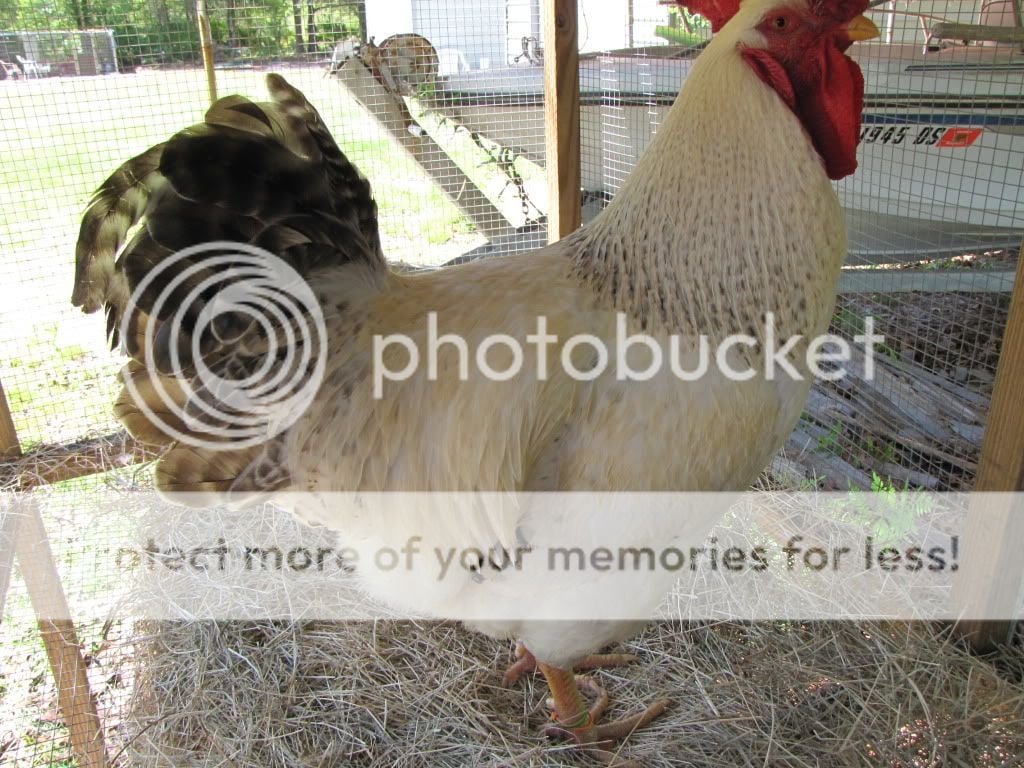I just thought I would post some of the information I have gathered regarding green legs....
Green legs are caused by a combination of the Yellow leg gene (which is recessive) and dermal melanin which is a bluish pigment under the skin.
Dermal melanin is usually controlled by a gene called ID. If your parent birds have yellow legs, then they possess the ID gene which Inhibits Dermal melanin.
When I talk about the green gene in Delawares, it's actually the ID gene combined with yellow skin gene. There is no single "green gene".
Problem: the recessive form "id" allows the formation of melanin under the skin, and thus green legs. The good news is that this is a sex linked characteristic, and this will help you determine who is causing your green legs.
Hens cannot "hide" the recessive green leg gene. They are either pure for yellow, or pure for green. Hens possess only one dermal melanin gene.
Roosters however, can carry the "green" gene while their legs are yellow because they possess TWO dermal melanin genes. The dominant form of the gene is to allow for yellow legs, so their second gene that causes green legs is "overruled" by the one that causes yellow.
So if both of your parent birds are yellow shanked, and you have green legged chicks, they should all be hens, and your rooster is the culprit. You don't want to use these hens or the parent rooster for breeding SOP Delawares.
About half the roosters from this breeding will carry the green leg gene like their father. You probably won't be able to tell which are carriers. Only the yellow shanked hens from this breeding can be certain not to pass this gene on to the next generation.
You can keep a green shanked hen to test breed any roosters for carrying the green gene. A pure Yellow shanked rooster should not throw ANY green legged chicks if mated to a green shanked hen. If he does, he's a carrier of the "green" gene.
females cannot be split ID/id+. ID is a sex linked gene so females are hemizygous, that is they have one or the other. ID/- or id+/-
Green legged hens are w/w id+/- , yellow skin but lack the Dermal Inhibitor
Yellow legged hens are w/w Id/-, yellow skin with the Dermal Inhibitor.
Males can have both so
Homozygous w/w ID/ID males will have clear yellow shanks, and can only produce yellow shanked pullets,
heterozygous w/w Id/id+ males will also have clear yellow shanks, but can produce both clear yellow & green shanked pullets.
There is a very close relationship between Barring & the Dermal Inhibitor, so in a breed such as Delawares I would not expect to see green shanks, especially as Delawares should be Wheaten birds, Wheaten is also a dermal colour inhibitor.
Genes such as Extended Black & Birchen do put black pigment into the shanks, but these genes should not be present in Delawares.
If anyone has been crossing in Barred Rock, these are Extended Black based.








